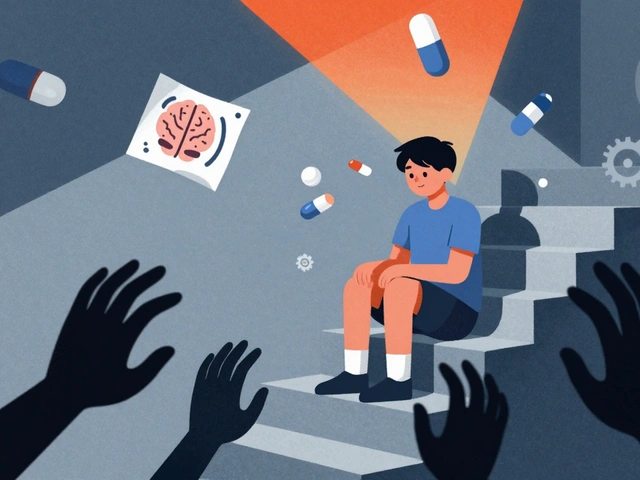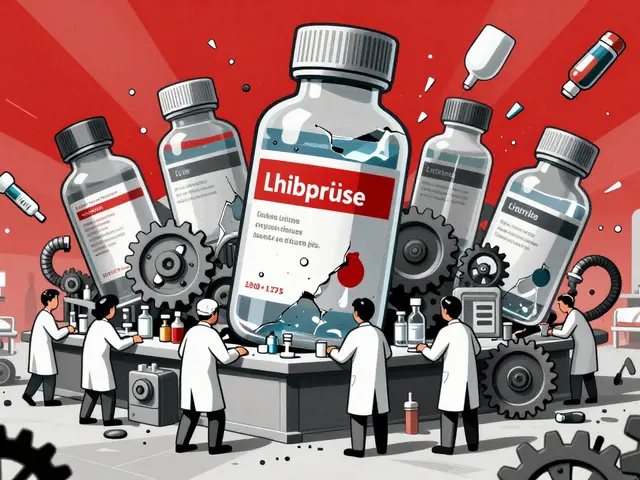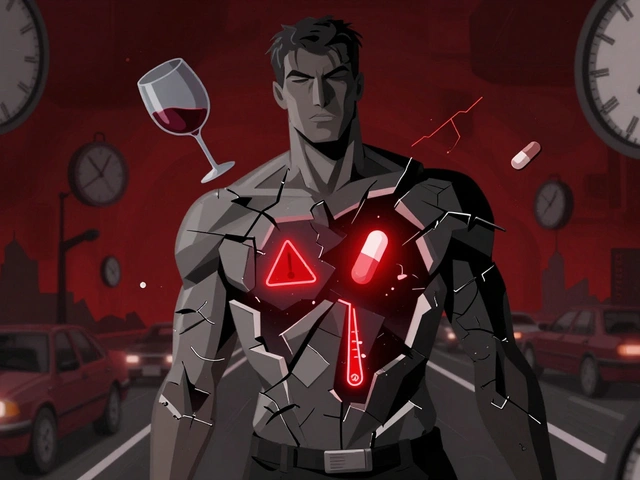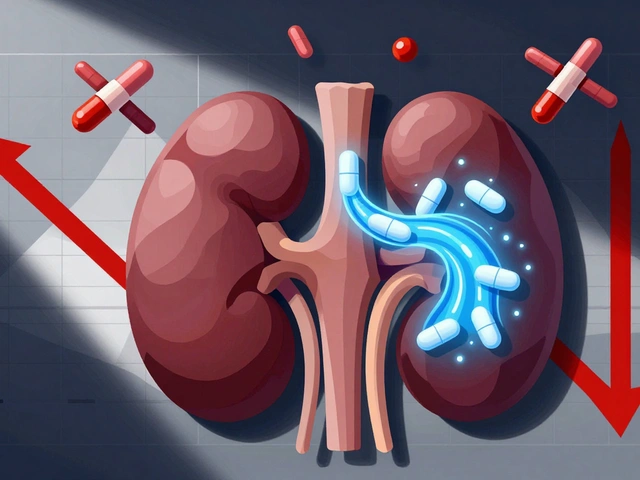Managing Leukemia with Food: What Actually Helps and What Doesn't
When you're managing leukemia with food, using dietary choices to support treatment and recovery during leukemia. Also known as cancer nutrition, it's not about curing the disease—but about giving your body the best chance to handle treatment, fight infection, and recover strength. Leukemia attacks your blood and bone marrow, and while drugs and chemo do the heavy lifting, what you eat plays a quiet but powerful role in how you feel day to day.
Many people assume that eating more fruits and vegetables alone will beat cancer. That’s not true. But skipping protein, ignoring gut health, or drinking sugary drinks can make side effects worse. When you’re on chemotherapy, your white blood cell count drops. That means even a small infection can become dangerous. Foods rich in immune-boosting foods, nutrients that support white blood cell function and reduce infection risk—like zinc from pumpkin seeds, vitamin D from eggs, and selenium from Brazil nuts—help your body stay resilient. You don’t need fancy supplements. Just real food, eaten safely.
Then there’s the gut. Chemo wipes out good bacteria along with bad. That leads to nausea, diarrhea, or constipation. chemotherapy side effects diet, a dietary approach designed to reduce nausea, mouth sores, and digestive distress during cancer treatment isn’t about one magic food. It’s about balance: bland carbs when you’re nauseous, soft cooked veggies when your mouth is sore, and probiotic yogurt if your doctor says it’s safe. Avoid raw sprouts, unpasteurized cheese, or undercooked eggs—they carry bacteria your weakened immune system can’t handle.
Some foods actively interfere with treatment. Grapefruit, for example, changes how your liver breaks down chemo drugs—making them too strong or too weak. Sugar doesn’t "feed" cancer cells directly, but it spikes insulin, which can fuel inflammation. And alcohol? It stresses your liver when it’s already working overtime to clear toxins. The goal isn’t perfection. It’s consistency. Eat enough calories. Stay hydrated. Keep your weight stable. Even small wins matter.
You’ll hear about superfoods, alkaline diets, and juice cleanses. Most of these are marketing, not medicine. One study from the American Cancer Society found that patients who ate more whole grains, lean proteins, and colorful vegetables had fewer infections and better energy during treatment—not because of one food, but because their overall pattern supported recovery. That’s the real secret: patterns over pills, food over fads.
What you eat also affects your mental health. Fatigue and depression are common during leukemia treatment. Omega-3s from fatty fish, walnuts, and flaxseed help calm brain inflammation. Iron from lentils and spinach fights anemia-related tiredness. And eating regularly—even small meals—keeps your blood sugar steady, which helps your mood stay stable.
Below, you’ll find real, practical guides based on actual patient experiences and clinical research. You’ll see how people managed mouth sores with food, what worked for nausea after chemo, and which supplements actually helped without interfering with treatment. No hype. No guesswork. Just clear, tested advice from people who’ve been there.
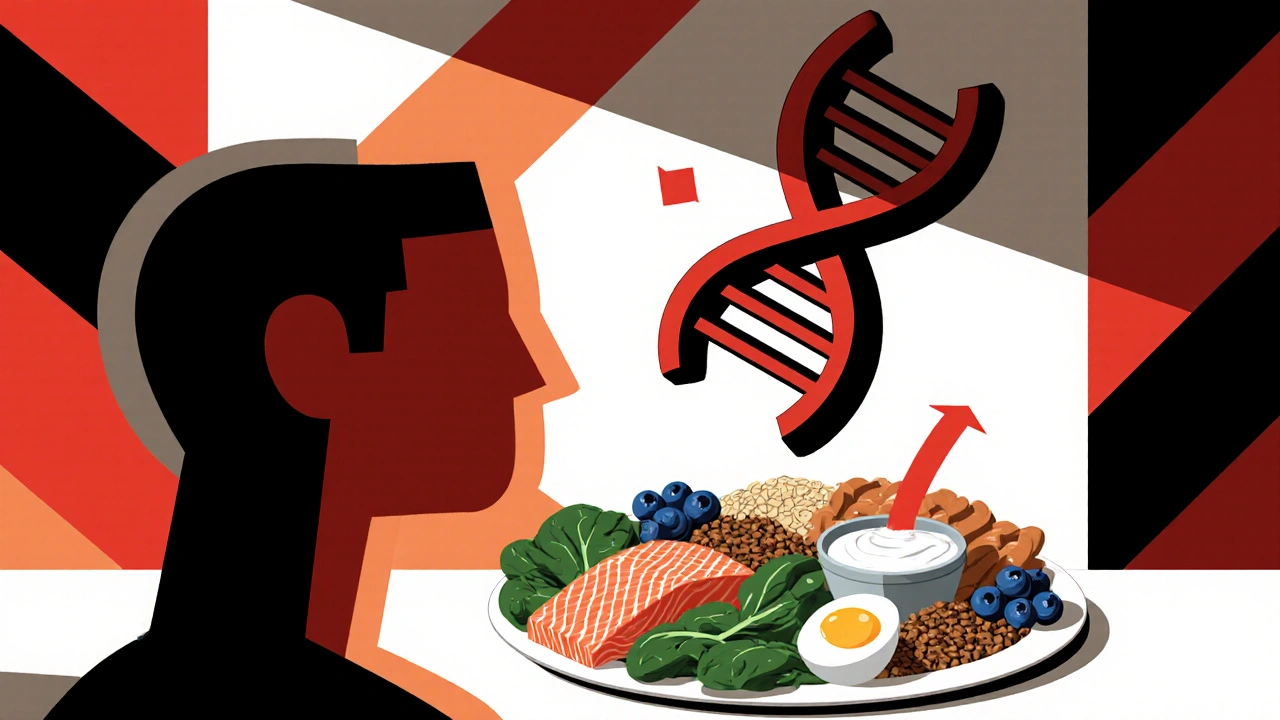
Chromosome-Positive Lymphoblastic Leukemia: Essential Nutrition Tips
Practical nutrition advice for chromosome‑positive lymphoblastic leukemia patients, covering essential nutrients, safe foods, sample meals, supplements, and lifestyle tips.
read more
